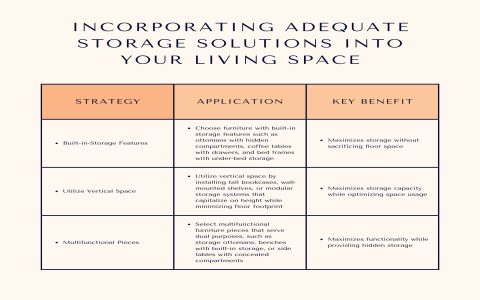Modular furniture design offers configurable components that users can arrange, rearrange, and sometimes expand to suit changing needs. Understanding its advantages and limitations is key to determining suitability.
The Advantages of Modular Furniture
- Unmatched Flexibility & Customization: Adapt layouts easily for different occasions or spaces. Add, remove, or reposition modules as needed. Create unique configurations impossible with fixed furniture.
- Space Optimization: Ideal for small apartments or multi-functional rooms. Configure to fit awkward corners or maximize floor space efficiency. Scale the system up or down.
- Cost-Effectiveness Over Time: Invest in core pieces initially. Purchase additional modules later as needs evolve or budget allows, avoiding full replacements.
- Easier Relocation: Smaller, disassembled components simplify moving through narrow spaces and reduce potential damage compared to bulky, fixed pieces.
- Sustainable Potential: Extends lifespan by replacing damaged modules or updating appearance (e.g., new fabric panels) instead of discarding entire pieces.
The Disadvantages of Modular Furniture
- Higher Initial Cost: Engineering connection systems often makes quality modular designs more expensive upfront than comparable fixed furniture.
- Complexity & Stability Issues: Some systems require precise assembly and alignment. Poorly designed connections can lead to wobbliness or instability, especially in larger configurations.
- Limited Aesthetic Cohesion: Achieving a unified look requires careful curation, especially when mixing modules from different collections or brands. Visual seams might be noticeable.
- Long-Term Availability Risks: Future expansion depends on the manufacturer continuing the specific line; discontinued modules can render an entire system inflexible.
- Potential for Visual Clutter: Numerous small components or complex arrangements can make a space feel busier than a few substantial pieces.
Is Flexible Furniture Right For You?
Prioritize modular furniture if your life involves frequent moves, limited space, evolving needs (family growth, work changes), or a desire for creative expression in your environment. However, if you value heirloom quality, timeless singular aesthetics, minimal assembly, or are on a very tight initial budget, traditional furniture might be preferable. Assess your lifestyle stability, budget flexibility, tolerance for complexity, and commitment to a specific design ecosystem.






